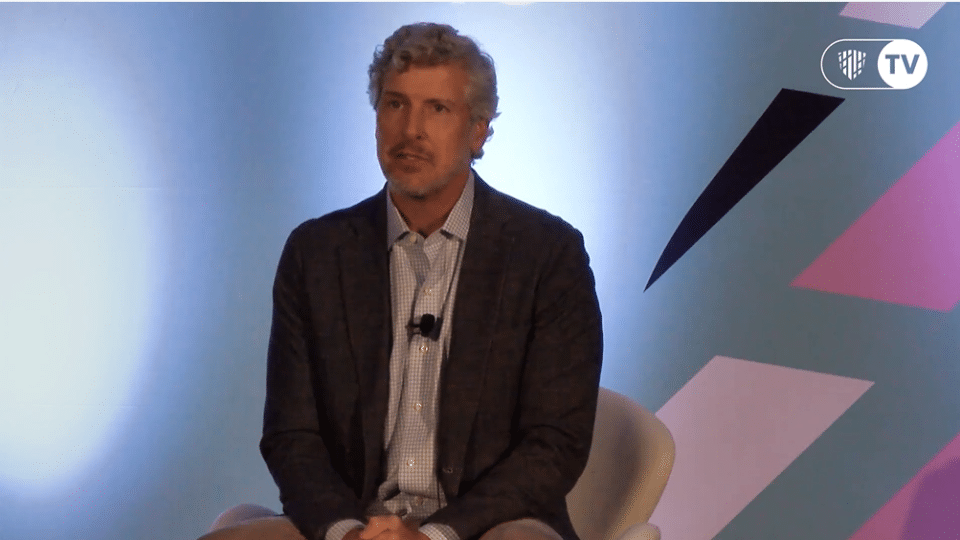
Video Library
Discover talks, panels discussions and interviews across the hottest topics in banking & payments today.
Use the filters below to select what you’re interested in.
Towards seamless self-inspections: how AI and verified imagery are changing the game
How open insurance data is reshaping the P&C landscape
The future of commercial auto insurance with telematics
Navigating AI risks and regulation in insurance
Addressing the underwriting challenge in cyber insurance
How automation is transforming underwriting
The power of AI in pricing
Genetic testing and the future of insurance
Setting the standard for CX excellence
Delivering true value with AI in insurance
Transforming data into actionable insights
Unleashing the next level of innovation
Navigating digital transfomation with DXC
Check back soon!













